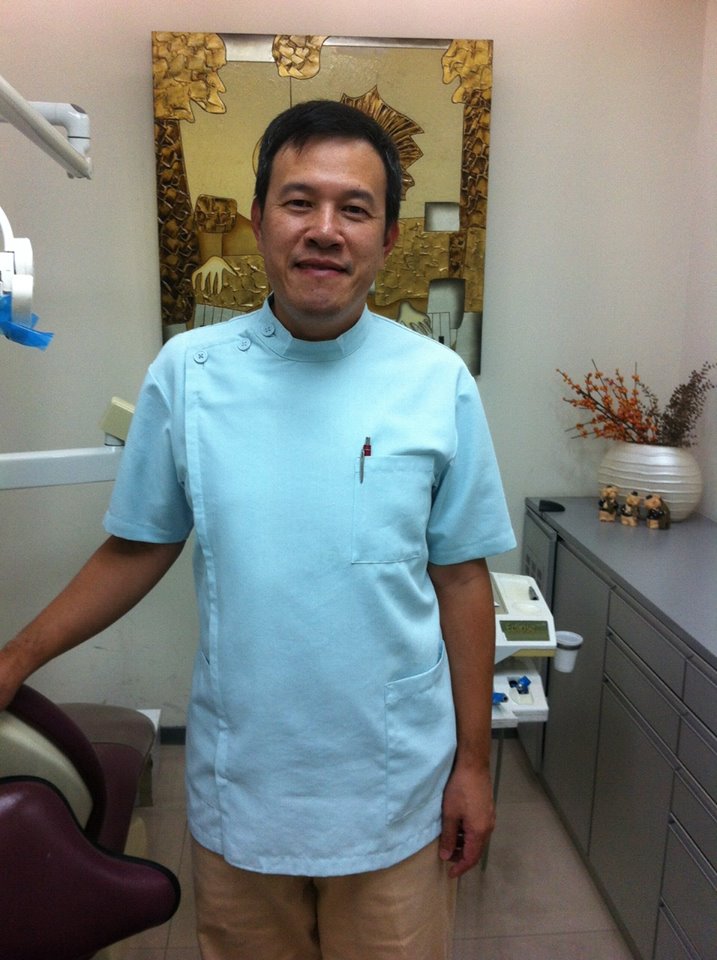Interview with Dentists Dr. Pei and Dr. Wen


As professionals in the field of tooth decay, Dr. Pei and Dr. Wen were two of the dentists that NYMU-Taipei team interviewed. We wanted to get a better understanding of what professionals with related knowledge think about the practicability and methods of our project.
Dr. Pei congratulated the NYMU-Taipei team for coming up with creative ideas to solve issues that most people deal with at least once in their lives. Using one of the newest approaches in the scientific realm, synthetic biology, our team chooses to insert genes in organisms to decreases the chances of tooth decay.
After we explained our project, two dentists were concerned and raise several questions. Dr. Pei asked about the threshold of the amount of s.mutans in the oral, stating that it would be difficult to calculate using basic modeling and web lab results. The oral environment is extremely complex and the level that causes tooth decay varies between each individual. This basically means that some patients with large amounts of s.mutans in their mouths will not necessarily have cavities, while others with comparably lower amounts of s.mutans experience tooth decay. Therefore, getting the exact threshold would be inadequate and will not be able to solve the root problem. Scientists and researchers around the world have been bothered by this matter of question for several years, and no feasible solution has been created.
Moreover, Dr. Pei reminded us that phage has to be able to stay in mouth long enough to function not like mouth wash would will be rinsed away immediately. It will be a challenge for us to maintain the population of phage in the oral cavity.
Dr. Wen looked into the killing module and raised a few questions as well. Her question was about the range of “moderate killing" after we sense the amount of s.mutans in the beginning. The level of reduction of s.mutans is an issue that we are trying to solve with web lab results. She warns us about the reliability of lab data since it doesn’t accurately resemble the environment of our oral.
Overall, although there are more problems to deal with in our project, we received practical suggestions. The dentists were happy to see that college students are trying to solve the issue with such novel techniques and wish to see more progress and conclusion after wet lab results. They were congratulated our team in how we did not attempt to kill all the cavity-causing bacteria but decided to moderately decrease its population to prevent the rise of second dominant bacteria. The use of modeling, combined with literature research, will definitely aid our project. They really appreciate the fact that our product, when made available, can greatly help people, such as the underprivileged and the elderly, who cannot consume fluoride or get dental cleaning regularly.
 "
"




















